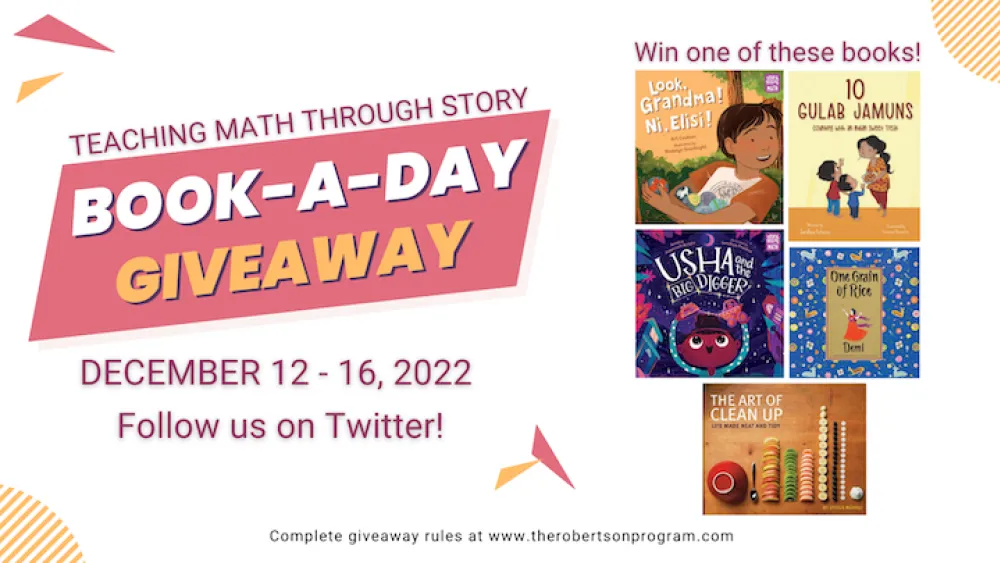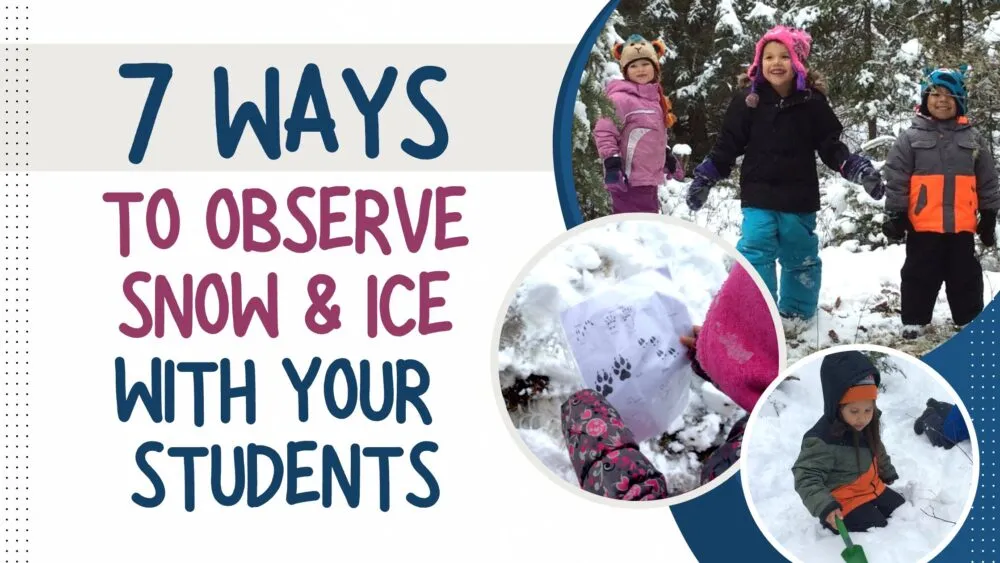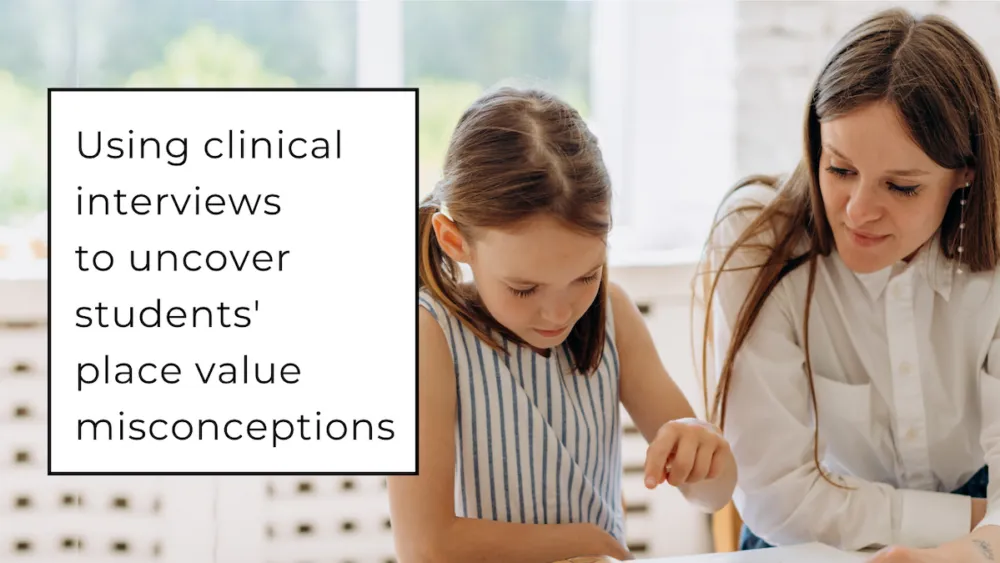Blog
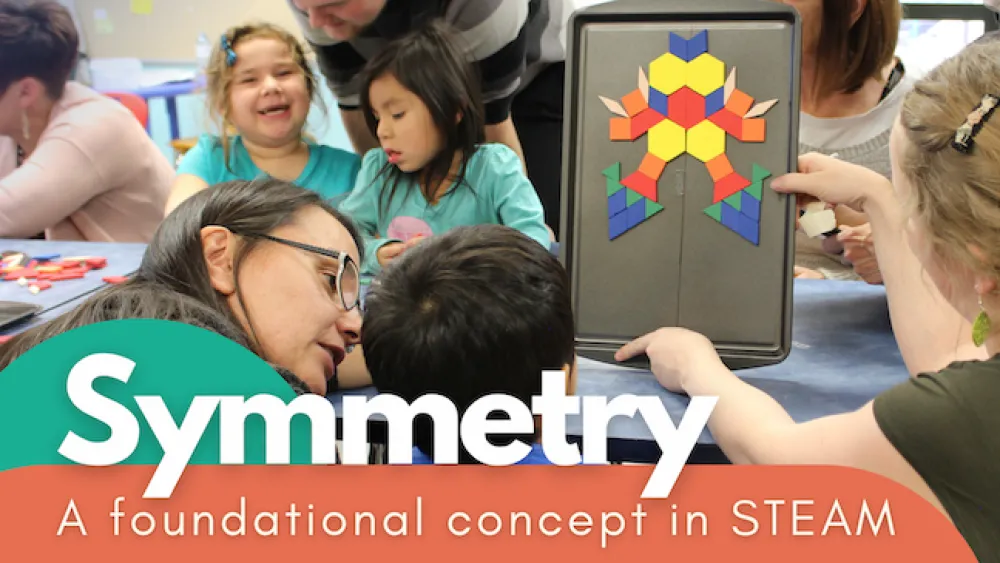
The drive for symmetry is already apparent in the play of young children, who show growing inclination and ability to create spatially regular and patterned forms with art or construction materials and will often persevere to an astonishing degree to select the precise block needed to maintain the symmetry of a construction.
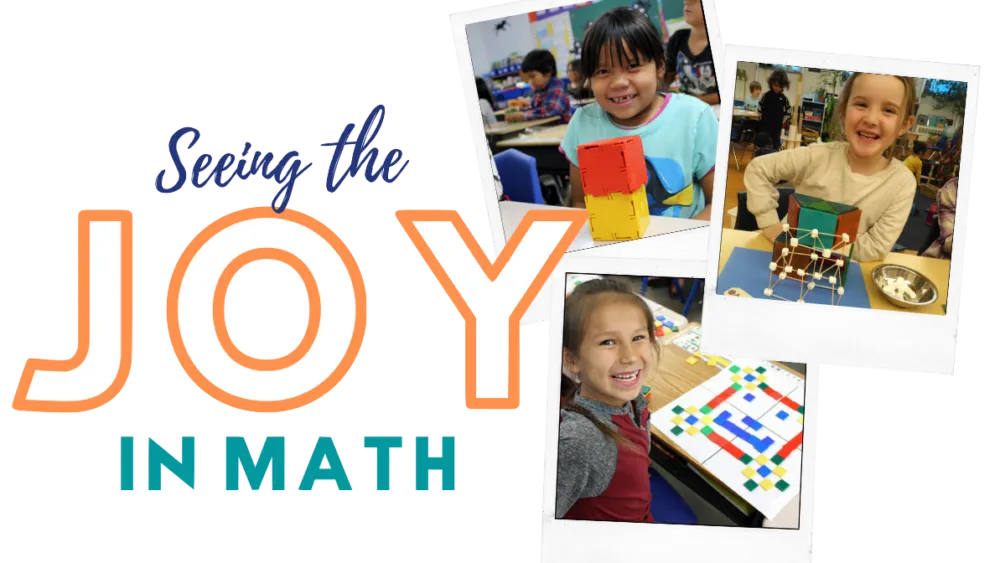
Dr. Julie Comay explores how learning math is filled with joyful possibilities. In her message at this year’s meeting of the National Council for Teachers of Mathematics (NCTM), president Trina Wilkerson delivered a stirring call for bringing joy into mathematics classrooms. The positive language and hopeful sentiments represent a welcome.

Whole number bias is the tendency to apply or misapply one’s understanding of whole numbers or natural numbers – the numbers we typically count with – to rational numbers. It makes sense that people might apply what they have learned about whole numbers, like 1, 2, 3, 4 and 5 to their understanding of fractions, but unfortunately this leads to all kinds of misunderstandings about fractions.
